I have a friend who once visited Rome and had only 24 hours in the city. The one thing he wanted to see the most was the Colosseum. He saw the outside of this world wonder, but didn’t manage to see the inside. Unknown to him, he had made one of the mistakes that people who want to explore the Colosseum make.
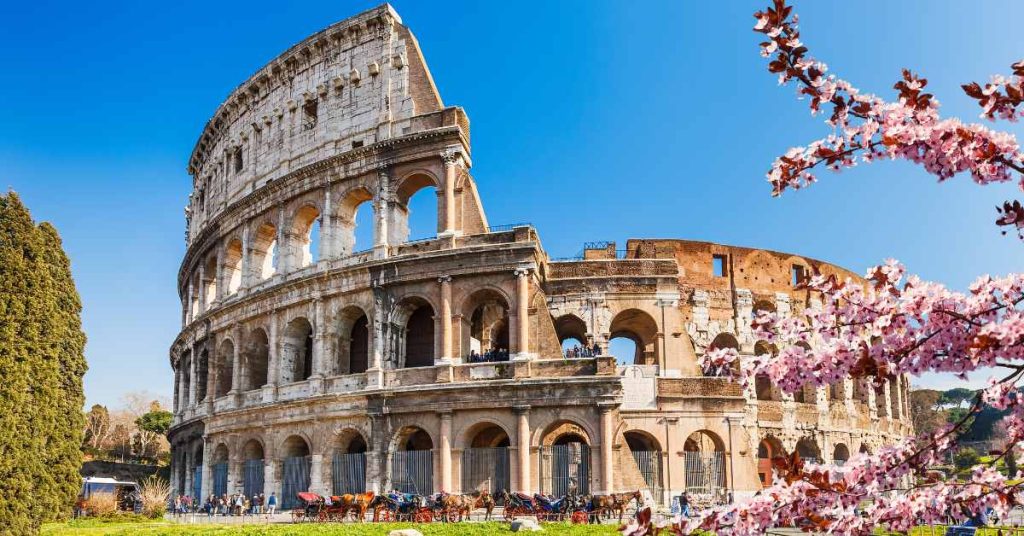
The Colosseum is more than just an ancient ruin—it’s a monument to the grandeur, brutality, and ingenuity of the Roman Empire. Walking through its towering arches, you can almost hear the roar of 50,000 spectators cheering for gladiators, wild beasts, and mock naval battles. But like many of the world’s most famous landmarks, a visit here can either be a highlight of your trip or a frustrating ordeal, depending on how you approach it.
Over the years, I’ve seen too many travelers make the same mistakes—wasting hours in ticket lines, falling for scams, or missing the Colosseum’s most fascinating corners because they didn’t plan ahead. The difference between a mediocre visit and an unforgettable one often comes down to a few key decisions. That’s why I’ve put together this guide: to help you sidestep the common pitfalls and experience the Colosseum the way it deserves to be experienced—with awe, insight, and minimal stress.
Rome is a city that rewards preparation, and the Colosseum is no exception. Whether it’s choosing the right time to visit, understanding ticket options, or knowing where to focus your attention, a little knowledge goes a long way. So let’s dive into the biggest mistakes travelers make—and how you can avoid them to make the most of your visit.
1. Not Booking Tickets in Advance
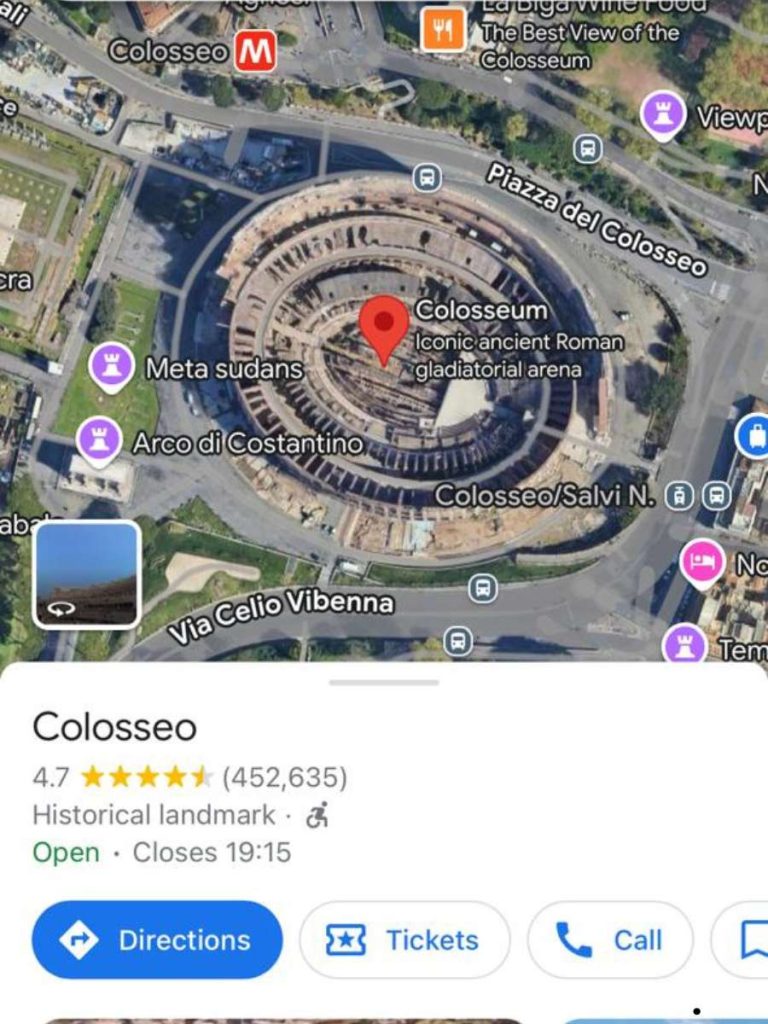
One of the biggest mistakes you can make is showing up at the Colosseum without a ticket. The lines at the entrance can stretch for hours, especially during peak season (April through October). Even if you arrive early, you might find yourself baking in the sun while guided tour groups and pre-booked visitors stroll right in. The Colosseum is Rome’s most visited attraction, and demand for tickets is always high, meaning last-minute availability is impossible. Unlike a few years ago when you could get same-day tickets, now you can’t.
The best way to avoid this headache is to book your tickets online in advance through the official CoopCulture website. A standard ticket includes entry to the Colosseum, Roman Forum, and Palatine Hill, all of which are must-see sites. If you’re looking for a more in-depth experience, consider a guided tour that includes skip-the-line access. These tours often provide expert commentary that brings the ruins to life in a way that guidebooks can’t.
Be wary of third-party resellers, as some charge inflated prices for the same tickets you can get directly from the official site. Scammers near the entrance may also try to sell fake or overpriced “skip-the-line” passes. Stick to reputable sources, and you’ll save both time and money.
A tip I use to find the official website (as there are many fake ones) is to search for Colosseum (or any other attraction) on Google Maps. There you will see the link to the official website.
2. Arriving at the Wrong Time
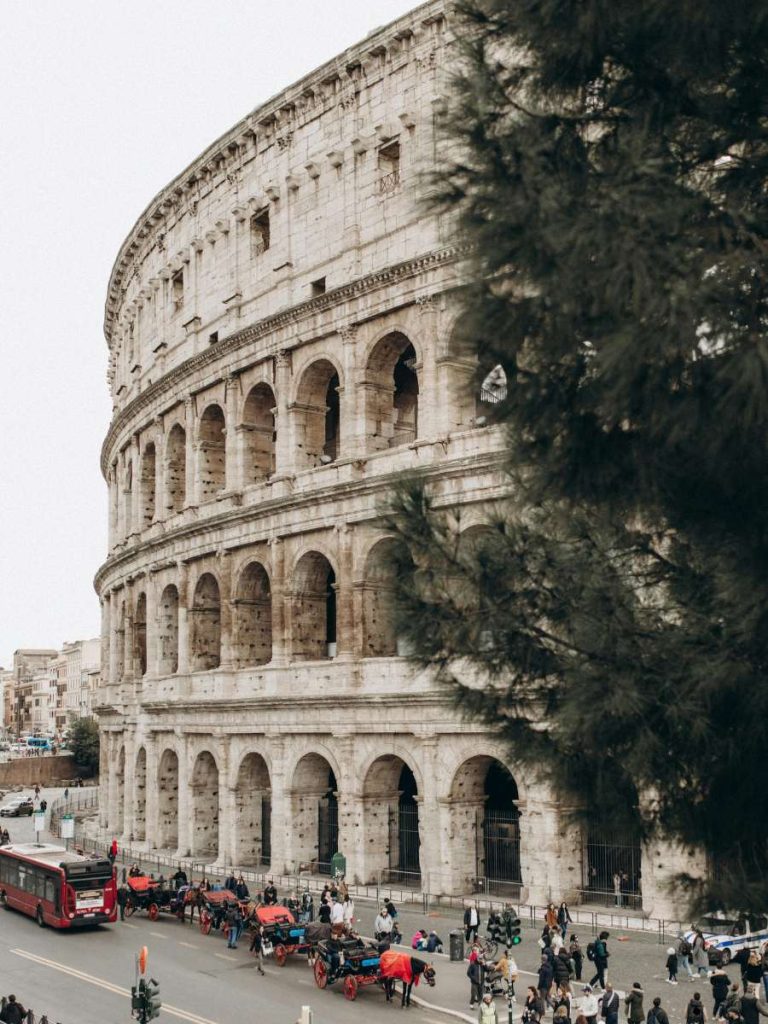
Timing is everything when visiting the Colosseum. Many tourists make the mistake of arriving in the middle of the day, when crowds are at their peak and the sun is scorching, especially in summer. The amphitheater’s stone absorbs heat, turning it into an oven by noon. If you visit during these hours, you’ll spend more time seeking shade than appreciating the history around you.
The best times to visit are early in the morning (right at opening, 8:30 AM) or in the late afternoon (after 3 PM). Mornings are cooler and less crowded, giving you space to explore without jostling through tour groups. Late afternoons offer softer light for photography and a more relaxed atmosphere as day-trippers start to leave. Sunset is particularly magical, casting a golden glow over the ancient stones.
Weekends and Italian public holidays should be avoided if possible, as they draw larger crowds. If your schedule is flexible, aim for a weekday visit. And remember—the Colosseum’s last entry is one hour before closing, so don’t cut it too close.
Note: Italy is probably one of the most popular travel destinations, and you don’t always get what you want. Therefore, don’t be surprised only to find afternoon slots even when booking in advance.
3. Wearing Inappropriate Footwear or Clothing
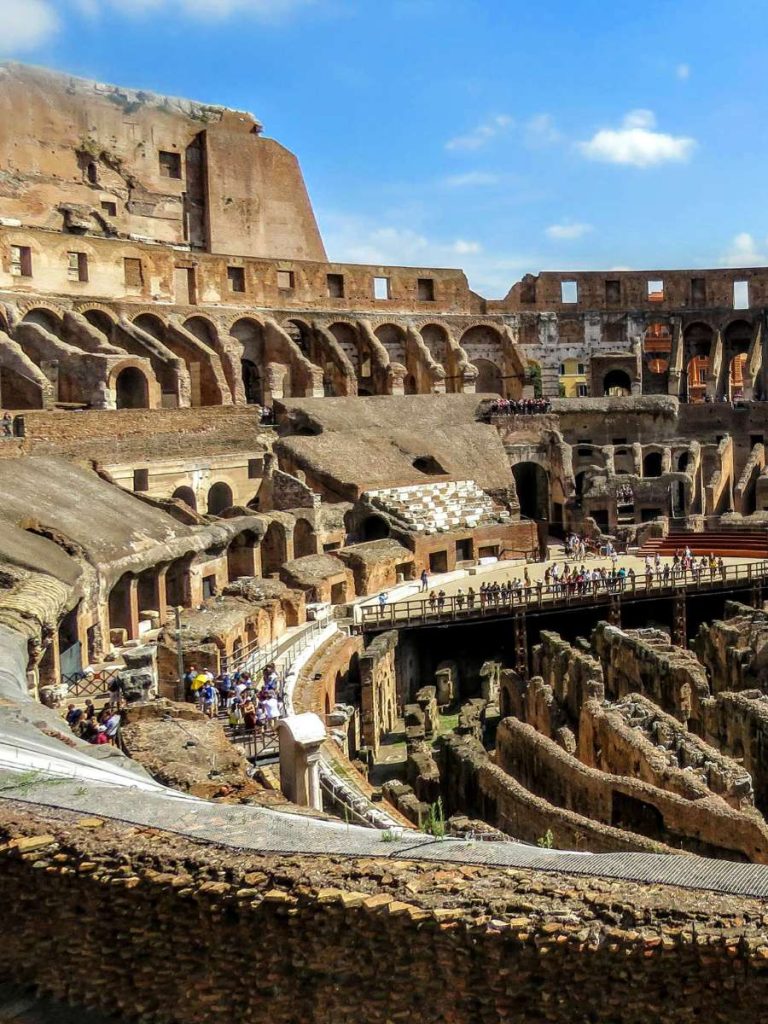
The Colosseum is nearly 2,000 years old, and its uneven stone floors, steep staircases, and rugged pathways are not kind to flimsy footwear. I’ve seen too many visitors hobbling around in flip-flops or dress shoes, regretting their choices within minutes. Comfortable, sturdy walking shoes are an absolute must—you’ll be on your feet for hours, navigating steps worn down by centuries of use.
Weather in Rome can be unpredictable. Summers are brutally hot, with temperatures often exceeding 90°F (32°C), while winters can be chilly and damp. Dress in layers so you can adjust as needed, and bring a hat and sunscreen if visiting in summer. The Colosseum offers little shade, so protection from the sun is essential.
While there’s no strict dress code, remember that the Colosseum is a historic site, not a beach. Avoid overly revealing clothing out of respect for the setting. Comfort and practicality should guide your choices—this isn’t the place for fashion statements that sacrifice function.
4. Not Bringing Essentials (Or Bringing Too Much)

Many visitors underestimate how long they’ll spend exploring the Colosseum and its surrounding ruins. While there are water fountains inside, they’re not always easy to find, and dehydration can sneak up on you in Rome’s heat. Bringing a refillable water bottle is a smart move—just avoid single-use plastic, as Italy is cracking down on waste.
At the same time, overpacking can be a problem. Large backpacks and bulky bags may be denied entry or require you to check them at inconvenient locations. Security checks are strict, and prohibited items (like knives, spray cans, or tripods) will be confiscated. Travel light with just the essentials: water, sunscreen, a camera, and maybe a small snack.
Cash is also useful for small purchases, like a quick espresso at nearby cafés or a tip for a street performer. While credit cards are widely accepted, some smaller vendors prefer cash—especially for small amounts. Keep some euros handy, but don’t carry more than you need.
5. Falling for Scams Outside the Colosseum
The area around the Colosseum is a hotspot for tourist scams. One common trick is “skip-the-line” ticket sellers who charge double or triple the official price for entry. These vendors often target visitors who haven’t pre-booked, preying on their desperation to avoid long waits. Always buy tickets from the official CoopCulture website or authorized resellers to avoid being overcharged.
Another classic scam involves the costumed gladiators who pose for photos. While they can be a fun souvenir, some aggressively demand exorbitant fees (€20 or more) after you’ve taken a picture. If you want a photo, agree on a price upfront—€5 to €10 is reasonable. Politely but firmly walk away if they try to pressure you into paying more.
Unofficial “tour guides” may also approach you near the entrance, offering last-minute tours at inflated rates. While some independent guides are legitimate, many operate without proper licensing. If you want a guided experience, book through a reputable company in advance. A good guide can greatly enhance your visit, but a bad one can ruin it.
6. Skipping the Roman Forum & Palatine Hill
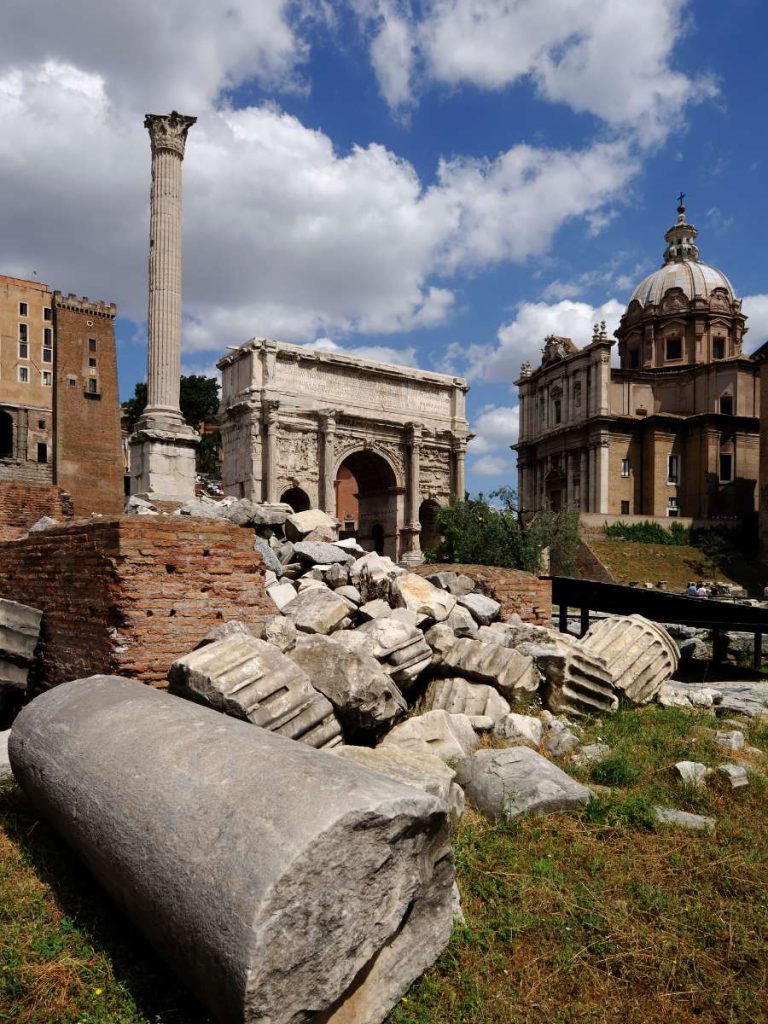
Many visitors make the critical error of treating their Colosseum ticket as single-entry to just the amphitheater. In reality, your admission includes access to two of Rome’s most significant archaeological sites – the Roman Forum and Palatine Hill – and they’re located right next door. These sprawling ruins were the political, religious, and social heart of ancient Rome, and skipping them means missing half the story.
The Roman Forum was the bustling center of Roman public life for centuries, where senators debated, citizens gathered, and triumphal processions marched. Walking through these ruins gives you tangible connections to figures like Julius Caesar and Cicero. Palatine Hill offers equally impressive ruins, as well as panoramic views over the Forum and Circus Maximus. These sites help contextualize what you’re seeing at the Colosseum – they’re all part of the same historical tapestry.
Plan to spend at least 2-3 hours exploring these adjacent sites. I recommend visiting them first thing in the morning when they’re less crowded, then heading to the Colosseum in the afternoon. The combined ticket is valid for two consecutive days, so you could even split your visit if time allows. Either way, don’t make the mistake of leaving without seeing where Rome’s emperors lived and its republic was governed.
Tip: The Colosseum and Roman Forum ticket is valid for 24 hours. Therefore, if you have an afternoon slot in the Colosseum, you can decide to either visit the Roman Forum in the morning of that day, or the next day.
7. Not Understanding the Colosseum’s Layout
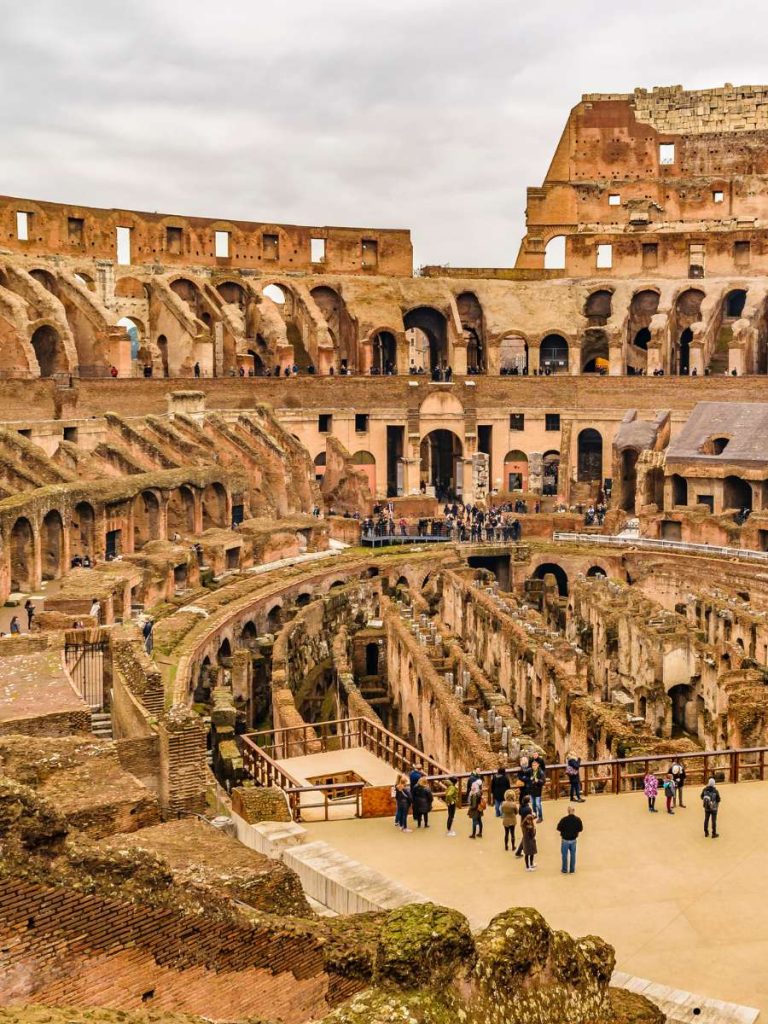
First-time visitors often wander through the Colosseum without realizing they’re missing some of its most fascinating areas. The standard ticket only gives access to the first and second levels, while the underground hypogeum (where gladiators and animals waited) and the top tier require special tickets. Many leave without ever seeing the backstage areas that made the spectacles possible.
The hypogeum is particularly worth the extra cost. This labyrinth of tunnels and chambers beneath the arena floor reveals the complex machinery of ancient entertainment – elevators that lifted animals, trapdoors for special effects, and holding pens for exotic beasts. The top tier (when open) offers breathtaking views over the entire structure and across Rome. These restricted areas help complete your understanding of how the Colosseum functioned.
When booking tickets, look for the “Full Experience” option that includes these special areas. Alternatively, choose a guided tour that guarantees access. Either way, don’t make the mistake of settling for just the standard route – the most revealing parts of the Colosseum often require special admission.
8. Ignoring Security Rules & Restrictions
The Colosseum has strict security measures that catch many visitors unprepared. Large bags (bigger than 40x30x15 cm) aren’t permitted inside, and there’s no bag check at the site itself. I’ve seen countless travelers turned away at the entrance because they didn’t plan for this, forcing them to find offsite storage or miss their timed entry slot.
Prohibited items include knives (even small pocket knives), glass containers, spray cans, tripods, and professional filming equipment. Security checks are thorough, and guards will confiscate anything questionable. The rules exist to protect both visitors and the ancient monument, but they can ruin your visit if you’re not aware of them in advance.
To avoid problems, travel light with just a small daypack. If you must bring larger items, use the luggage storage at Termini Station before heading to the Colosseum. Remember there’s no re-entry once you leave, so make sure you have everything you need before going through security.
9. Rushing Through the Visit
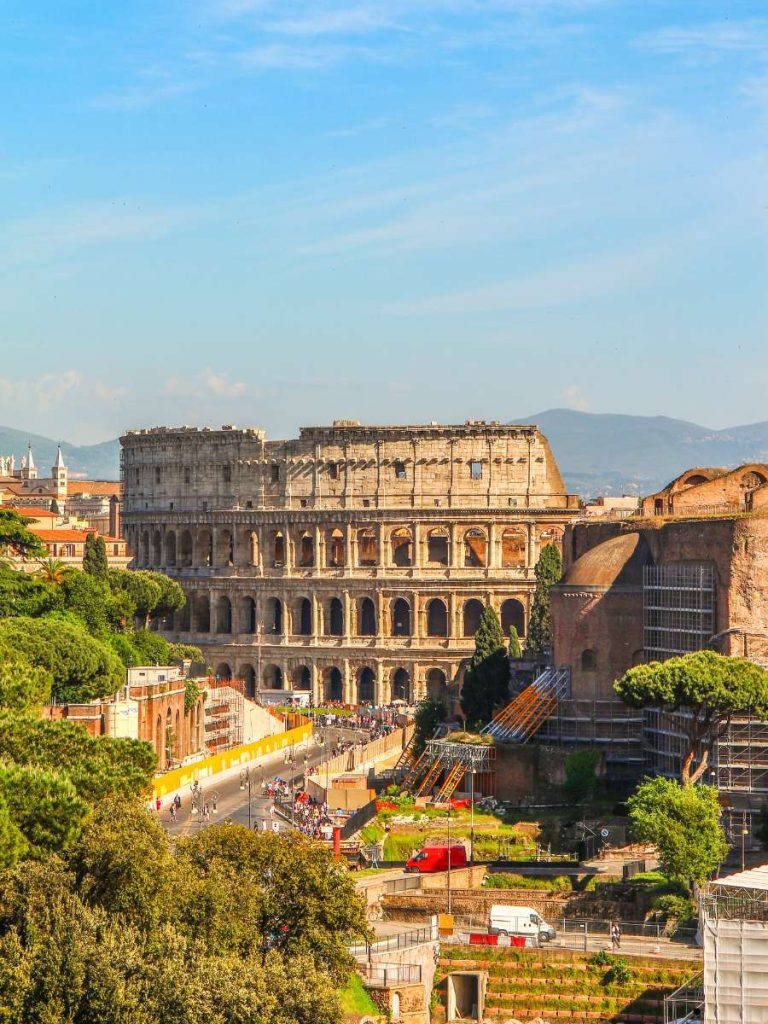
Many tourists treat the Colosseum as a quick photo stop, breezing through in 30 minutes before moving on. This is a mistake – the site deserves at least 1.5 to 2 hours to properly appreciate. The Colosseum reveals its secrets slowly, from the ancient graffiti carved into its stones to the engineering marvels of its construction.
Take time to notice the details: the numbered entrance gates (still visible) that helped 50,000 spectators find their seats, the different types of columns on each level (Doric, Ionic, and Corinthian), and the cross marking what was once the emperor’s private box. These elements tell the story of how Roman society operated and how the games were staged.
Consider using an audio guide or reading up before your visit to better understand what you’re seeing. Find a quiet corner to sit and imagine the roar of the crowd, the tension of the gladiators, and the spectacle that unfolded here. The Colosseum isn’t just a ruin – it’s a time machine, but only if you give it the time it deserves.
10. Not Visiting at Night
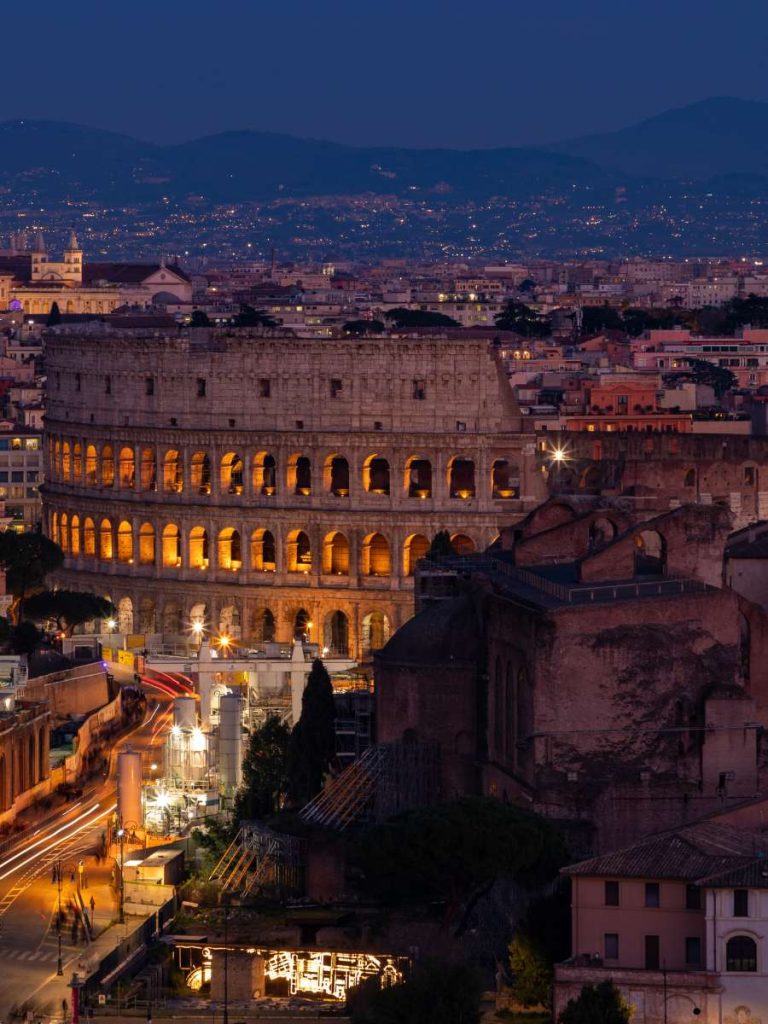
Most visitors only see the Colosseum by day, missing one of Rome’s most magical experiences – seeing the amphitheater illuminated after dark. The evening lighting gives the ancient stones a warm glow, creating an entirely different atmosphere than the daytime crowds. Special night tours (when available) offer access to areas normally closed, with far fewer visitors.
These evening visits allow you to appreciate the Colosseum’s acoustics and ambiance without distraction. Standing in the moonlit arena, it’s easier to imagine the spectacles that once took place here. The cooler temperatures are also a relief during summer months, when daytime visits can be uncomfortably hot.
Check the official website for night tour availability, as schedules vary by season. While these special visits cost more than daytime admission, they offer a uniquely intimate experience of this iconic monument. Don’t make the mistake of limiting your Colosseum experience to daylight hours.
Final Thoughts
Visiting the Colosseum should be a highlight of any trip to Rome, but too many travelers leave frustrated because of avoidable mistakes. By booking tickets in advance, choosing the right time to visit, wearing proper footwear, and understanding what your ticket includes, you’ll set yourself up for a much more enjoyable experience.
Remember that the Colosseum is more than just an amphitheater – it’s part of a larger archaeological park that includes the Roman Forum and Palatine Hill. Take time to explore all three sites, and consider investing in special access to restricted areas that most visitors never see. With some planning and these tips in mind, you’ll avoid the crowds and hassles that plague unprepared visitors.
The Colosseum has stood for nearly 2,000 years – it’s worth spending a few hours to truly appreciate it. Whether you’re marveling at the engineering, imagining the spectacles, or simply soaking in the history, this is one of the world’s great monuments. Avoid these common mistakes, and your visit will be everything you hoped for – and more.
Buon viaggio!

